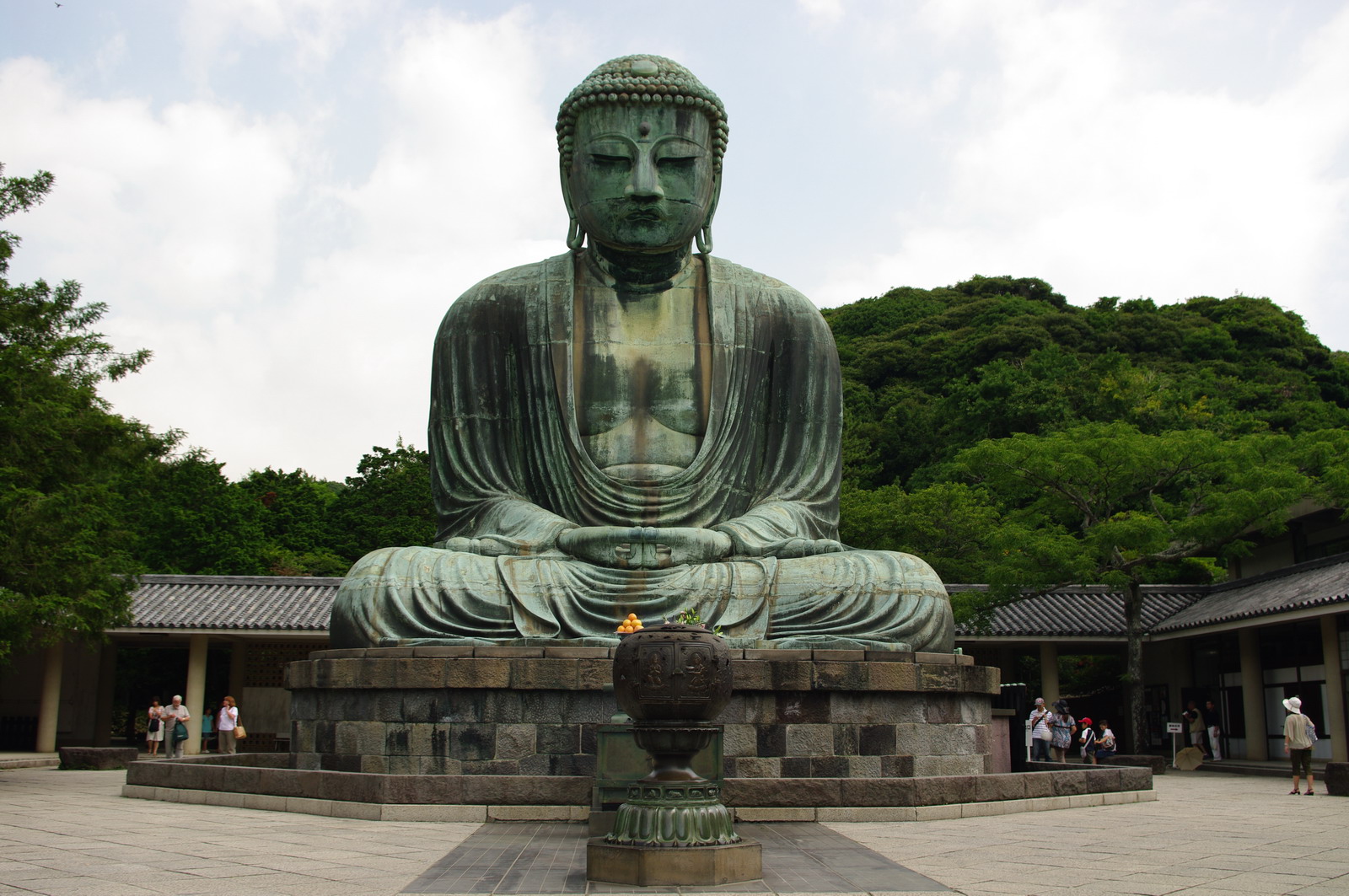【院生ゼミ】10月5日
【大学院】
This is the first week of the Autumn Quarter. Due to COVID-19, we continue the class online with students from different backgrounds as in the Spring Quarter, including Italy, Brazil, Indonesia, and Japan.
In this quarter, we will focus on world religions in Southeast Asia, that is, Buddhism, Hinduism, Islam, and Christianity, and their interaction with indigenous beliefs and development in the local contexts. By looking into these topics, we hope we will be able to understand the formative era of Southeast Asian culture.
In the first several weeks, we will focus on the development of Buddhism and Hinduism in India, as they were most influential in the formative era of Southeast Asia. As an introduction, we compare the two Buddha statues built in different times, places, and Buddhist environments.


(sources: Wikimedia)
The Buddha statue on the left, located in Sukhothai, Thailand, represents a type of Buddha worshiped in a Theravada Buddhist society. The Buddha has a "fire" on his head, symbolizing his enlightenment, and his left hand on the crossed legs indicates his medication, while his right hand touching the ground indicates his invocation of the earth goddess. As a whole, the statue celebrates the moment when a man born as Siddhartha attained enlightenment. Buddhists are expected to follow in his footsteps.
The Buddha statue on the right, located in Kamakura, Japan, represents a type of Buddha worshiped in a Mahayana Buddhist society. The Buddha's two hands set on the crossed legs, with his closed eyes, indicates that he is deeply in the state of meditation. The statue represents Amitabha Buddha (or Amidabutsu in Japanese), a transcendent Buddha who resides in the Western Pure Land. Devoted followers pray for their rebirth in the Pure Land.